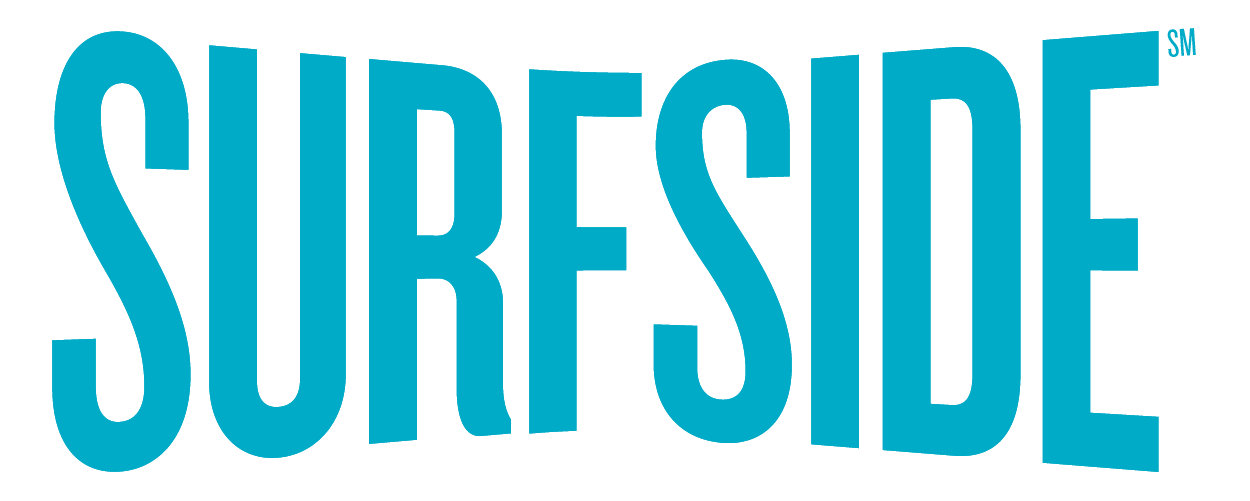Understanding Your Baby’s Teething Timeline
Watching your baby grow is an experience that delivers a lot of “firsts.” From taking the first step, saying the first word, and getting their first haircut, every new thing that happens to a baby is cause for wonder and delight for any parent — and of course, there are plenty of tears, shrieks, messes and cleaning up as well.
Another thrilling event is when the baby’s teeth begin emerging, but as exciting as this may be, it can be a painful experience for the little one. To help parents like you get a clearer picture of a baby’s teething timeline, dentists share valuable facts and insights below:
- While your baby is still inside the womb, the tooth buds begin forming under the gums. These buds will begin to grow and force the crown up; the tissues above the developing tooth will slowly break down and become thinner until the tooth breaks through.
- A baby’s first tooth normally emerges between the fourth and eighth months.
- Symptoms of teething (which can occur a few days before and after the tooth erupts from the gums) can include: drooling, sucking, gum or ear rubbing, biting, irritability, facial rash, mild temperature, decreased appetite, and wakefulness.
- Two central incisors (the bottom front teeth) and then four central and lateral incisors (the upper teeth) are the first teeth to emerge from a baby’s mouth. These particular teeth have thin, knife-like edges, so their emergence can be quite smooth and easy.
- Around the time your baby turns a year old, the first molars will begin showing up. Unlike the front teeth, molars are bigger and have a broader surface area, which is why their arrival is considerably more painful.
- Between your kid’s first and third years, a full set of 20 teeth will emerge.
How to keep baby’s new teeth healthy
- When your baby turns a year old, pay a visit to your chosen dentist. They will teach you the proper feeding and teeth cleaning habits for the little one and help you learn how to spot early signs of tooth decay.
- Do your best not to let the baby fall asleep with a bottle or sippy cup in their mouth. If milk or juice is allowed to sit in the back of the two front teeth, cavities may begin to develop.
- Begin brushing the kid’s teeth using tap water, which has fluoride. It’s best to wait until the child is two years old before starting to use fluoride toothpaste (a pea-sized amount only, for starters).
- You can give your baby a chilled (but not frozen) plastic teething ring to help them relieve the pressure on their gums. Alternatively, popsicles, slushy applesauce, chilled fruits (like apricots), a cold and wet washcloth, or even teething biscuits can be used.
Be sure to schedule your child’s first visit appointment at one of our convenient Northern California locations.
Mahalo!




